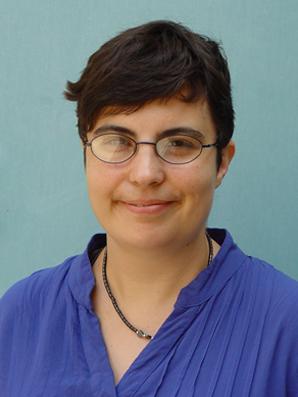The state legislature passed a state budget with a two-thirds vote late Monday night, but as of press time Gov. Arnold Schwarzenegger was expected to veto the proposal. Without a state budget the college has not received any funding from the state and is running on reserves; the college has passed its own budget.
“It does not look like we’re anywhere close to getting one (a state budget). The Republicans are still holding fast on no new tax increases. the Democrats are not wanting to make any cuts in the existing appropriations,” said Ron Nakasone, college controller, at the Aug. 25 board of trustees meeting. Appropriations in the proposed budget are programs and services such as Cal Works, education, health and other low-income services in the state.
One of the areas affected by the late state budget is the work study program.
Nakasone said that the federal contribution makes up 25 percent of the money used to hire student workers. The rest money for student workers usually comes from the state and the college, but because of the late budget there is no funding from the state.
The federal allocation for student workers has been cut by 40 percent, affecting the number of students hired on campus said Pat Hurley, associate dean and director of financial aid.
Another area of the college affected by the late state budget is state-funded financial aid.
“We (the college) get less federal money for less students who receive financial aid,” said Hurley.
The misconception that students believe is that they are not eligible for financial and so they don’t apply, thus the college receives less federal money for financial aid. Pell grant students are not affected by the late budget; however, students who receive Cal grants are being funded by the college.
The college pays those students who applied on time and qualify for the Cal grants; those who didn’t apply on time, but are eligible, will have to wait until the state has a budget, said Hurley.
Hurley said that when the economy goes down, enrollment in community colleges does up because of the people who need to retrain in their jobs.”
“Our fees are the lowest in the country, because the enrollment fee set by the state at $20 a unit,” she said.
Some classes have been combined to save resources.
Dawn Lindsay, Vice President of Instructional Services, describes the process as one of expedience.
“Our faculty contract states that classes have to have a minimum of 15 students in order to proceed. This is a contractually issue and can not be altered for the fall and spring semesters. We worked to have more efficient scheduling. For example, rather than have two classes being offered in close proximity, say a 1 p.m. start and a 2 p.m. start with both classes having 15 students, we opted to offer one section of the class hoping all 30 students could take the class.
We are working hard to offer all classes students need, regardless of their educational goal, just in a more efficient manner,”?said Lindsay.

